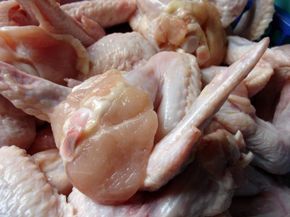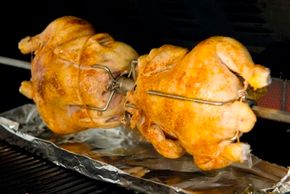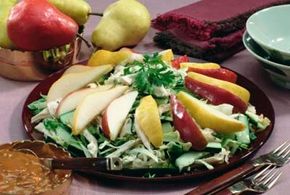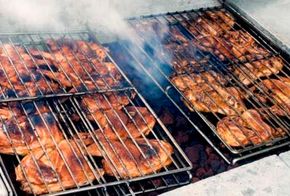Chicken has become an economical, versatile, readily available main dish for most American families.
When Herbert Hoover coined his campaign slogan, "a chicken in every pot," he was promising average people something special. Back then, chicken was not a common purchase at the grocery store. It was a treat only enjoyed by farm families and the wealthy.
Advertisement
Chicken is high in protein yet low in fat and cholesterol, with a delicious flavor that makes it a popular choice for healthy, hearty eating. Check out these common chicken questions and tips to get you started:
Knowing the differences between types of chicken can help you make the right selection for your menu. Find a basic guide to help you with your choices.
How to Use a Bag of Chicken Breasts
A bag of frozen chicken breasts can't be beat for convenience and preparation. Learn tips and ideas to help with meal planning.
What are Jerk Seasoning and Chicken Tenders?
Ever wondered what spices go into jerk seasoning, or what part of the chicken the "tender" is? Find the answers here.
See the next page for some basic poultry facts to get you started.
For more information and ideas for cooking chicken, see:
- How to Prepare Chicken
- Grilling Chicken
- Chicken Safety
- Cooking Chicken
- Chicken Recipes
Advertisement



